Gladiator GACP15XXMG User manual




















Other manuals for GACP15XXMG
1
Table of contents
Languages:
Other Gladiator Tools Storage manuals
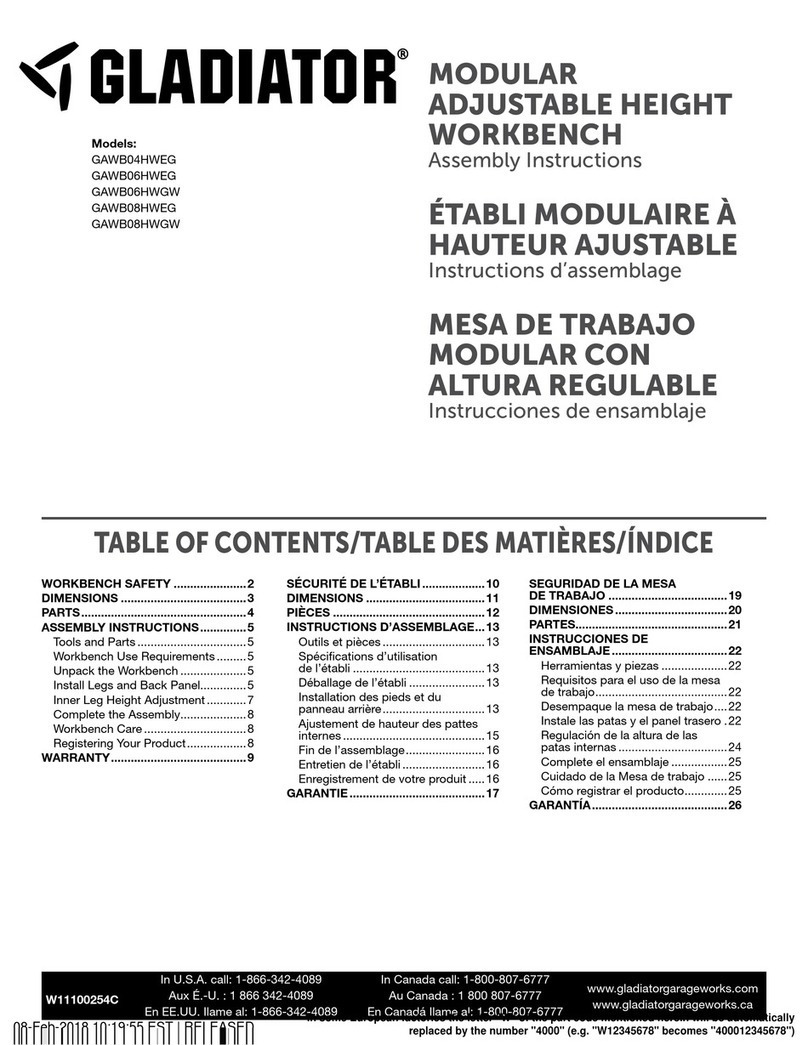
Gladiator
Gladiator GAWB04HWEG User manual
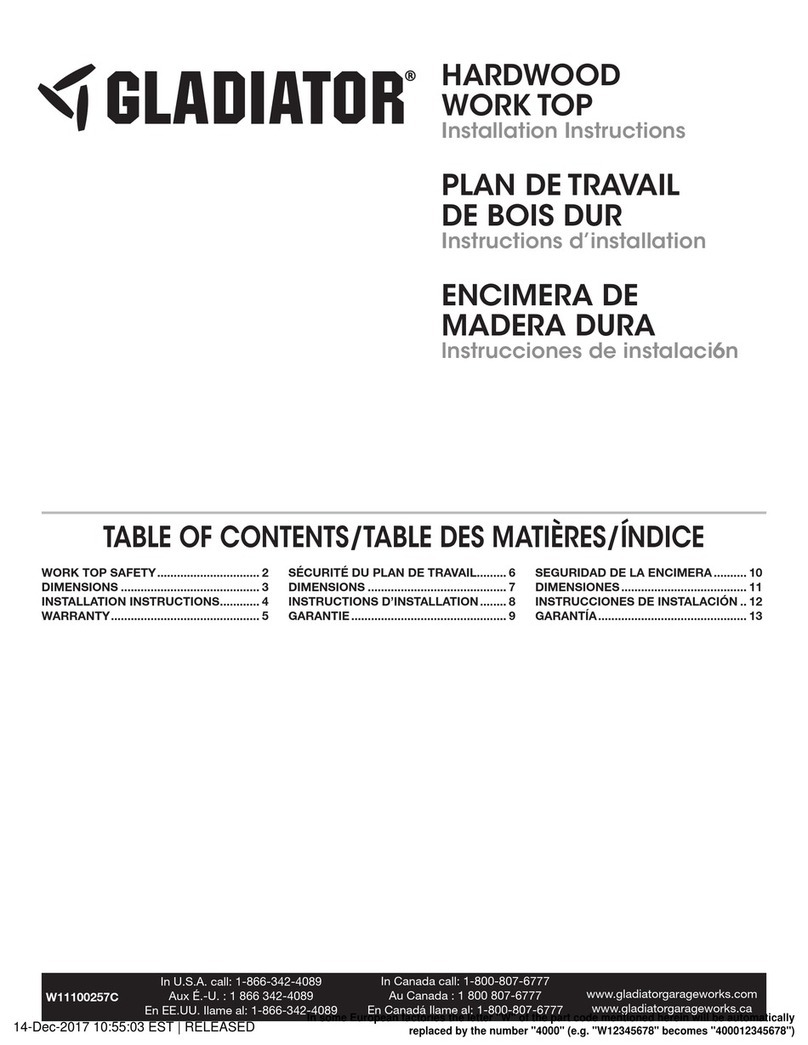
Gladiator
Gladiator GAAC27HWGX User manual
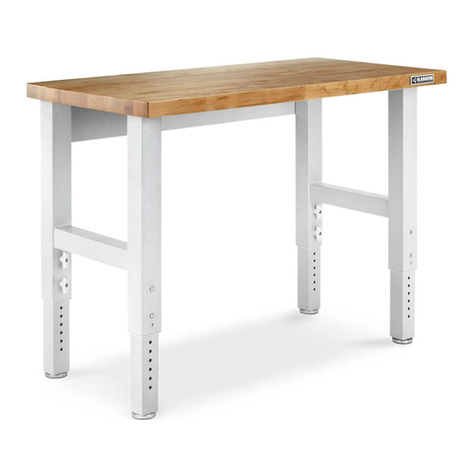
Gladiator
Gladiator GAWB04HWJW User manual
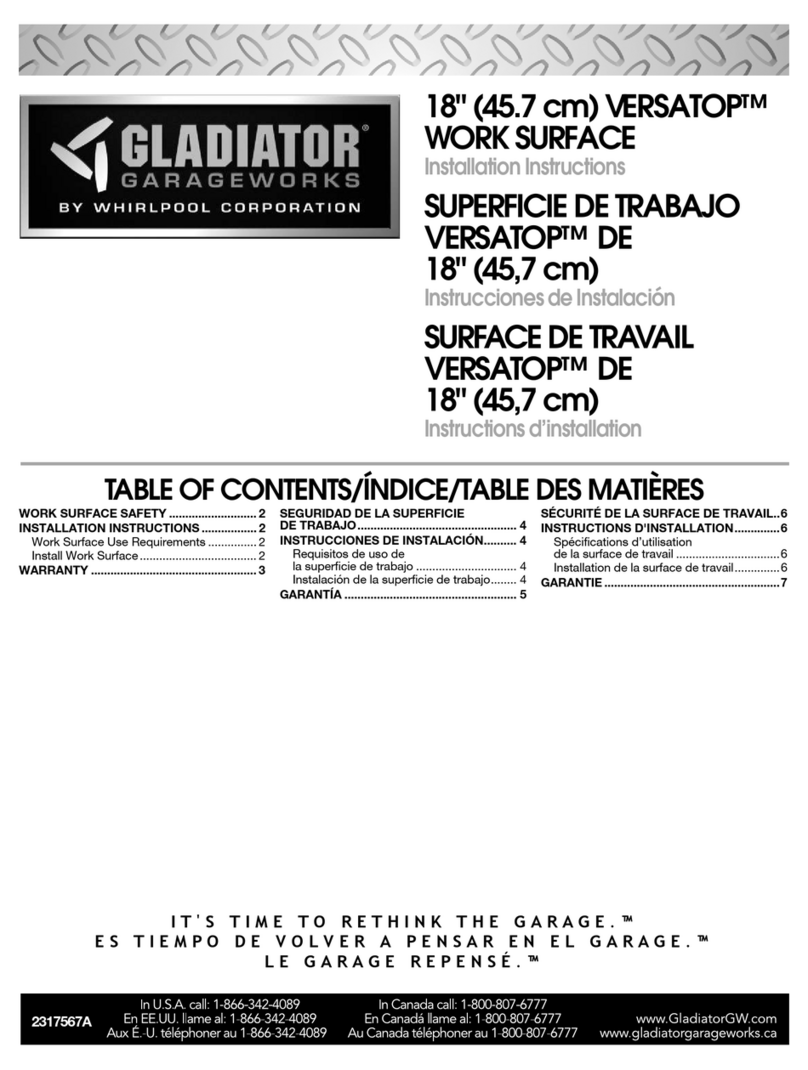
Gladiator
Gladiator VERSATOP Series User manual
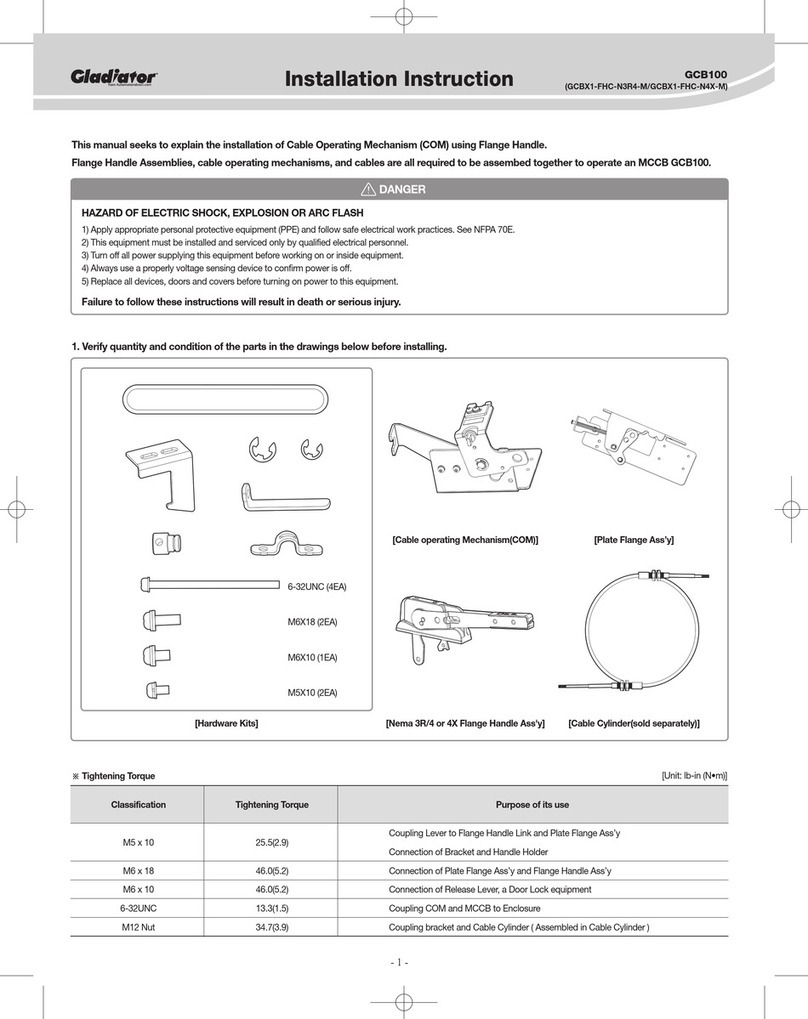
Gladiator
Gladiator GCB100 User manual

Gladiator
Gladiator GAMT41HWJG00 User manual
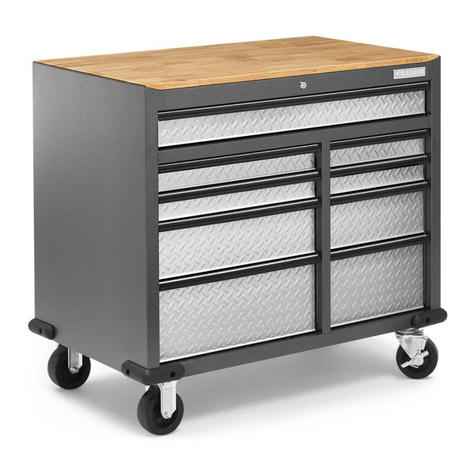
Gladiator
Gladiator PREMIER GAMT41HWJG User manual
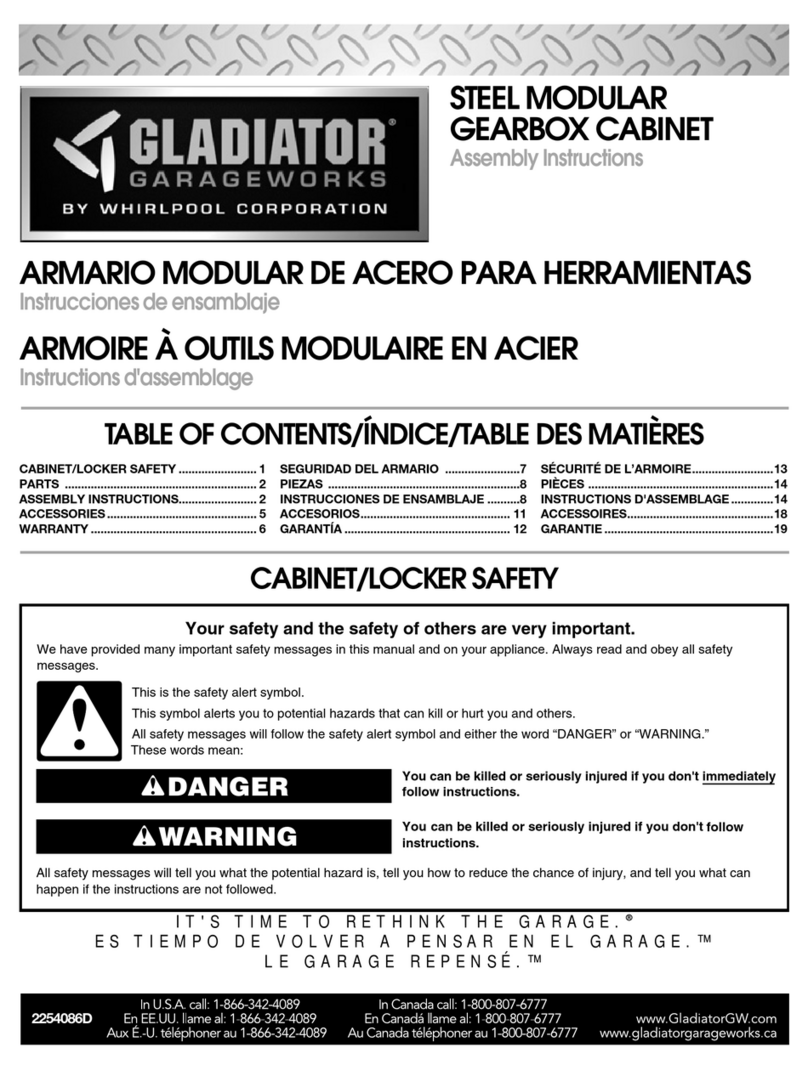
Gladiator
Gladiator STEEL MODULAR GEARBOX CABINET User manual
Popular Tools Storage manuals by other brands

Weinmann
Weinmann ULM CASE Circulation Instructions for use
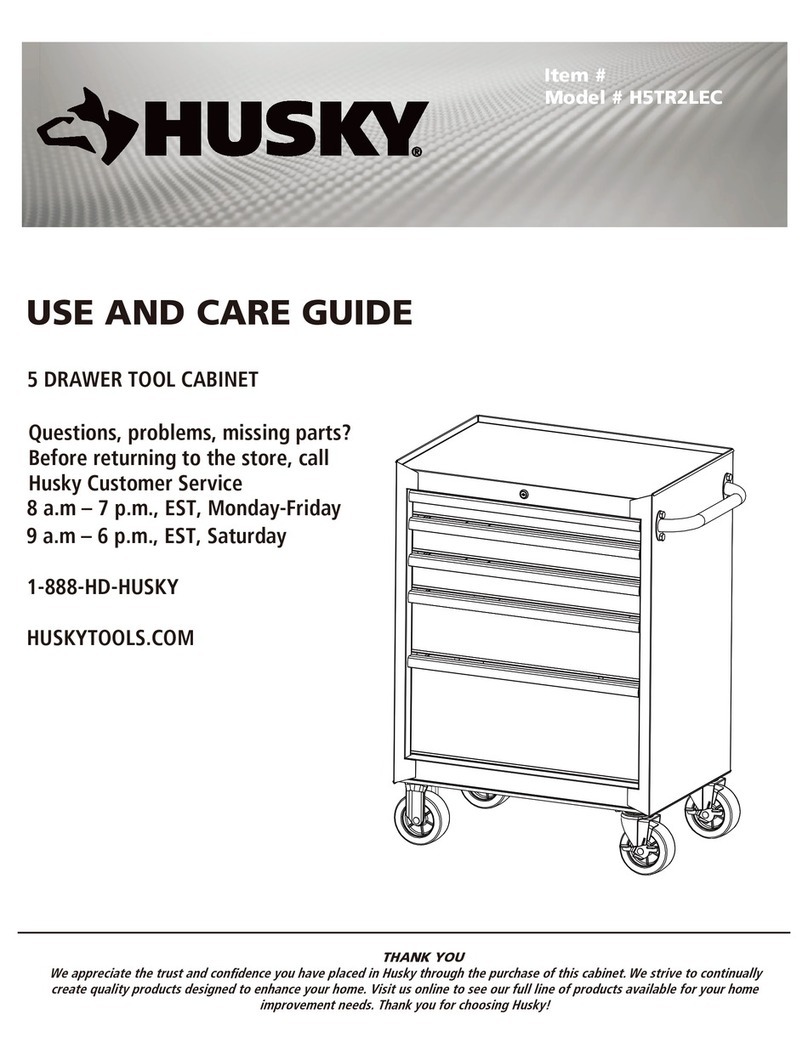
Husky
Husky H5TR2LEC Use and care guide
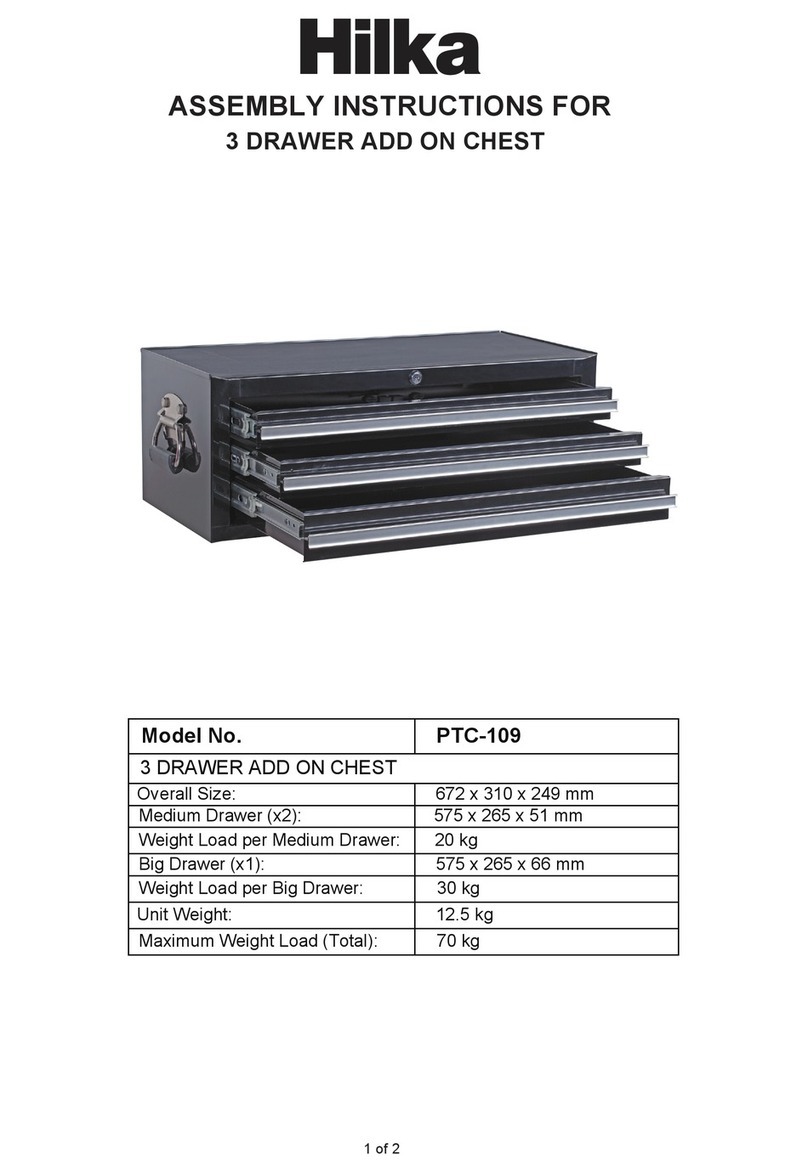
Hilka
Hilka PTC-109 Assembly instructions

Tennsco
Tennsco WBCK-3036 Assembly Instructions/Parts Manual
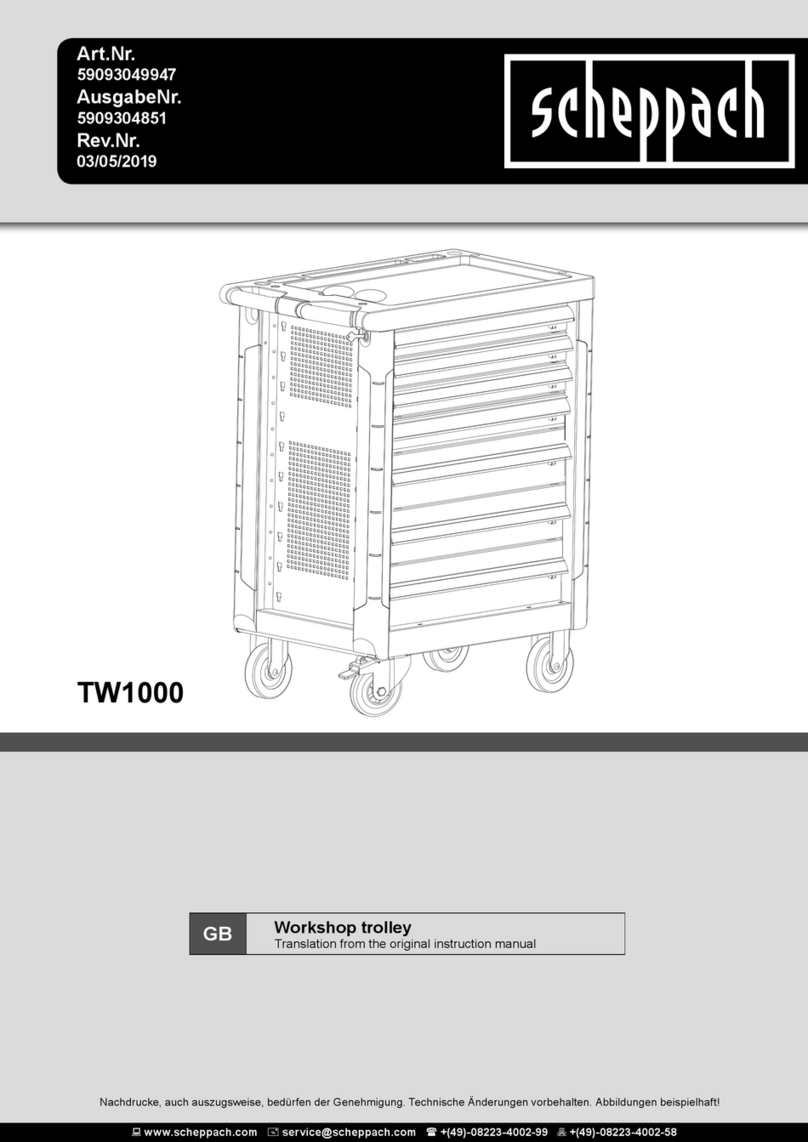
Scheppach
Scheppach TW1000 Translation from the original instruction manual
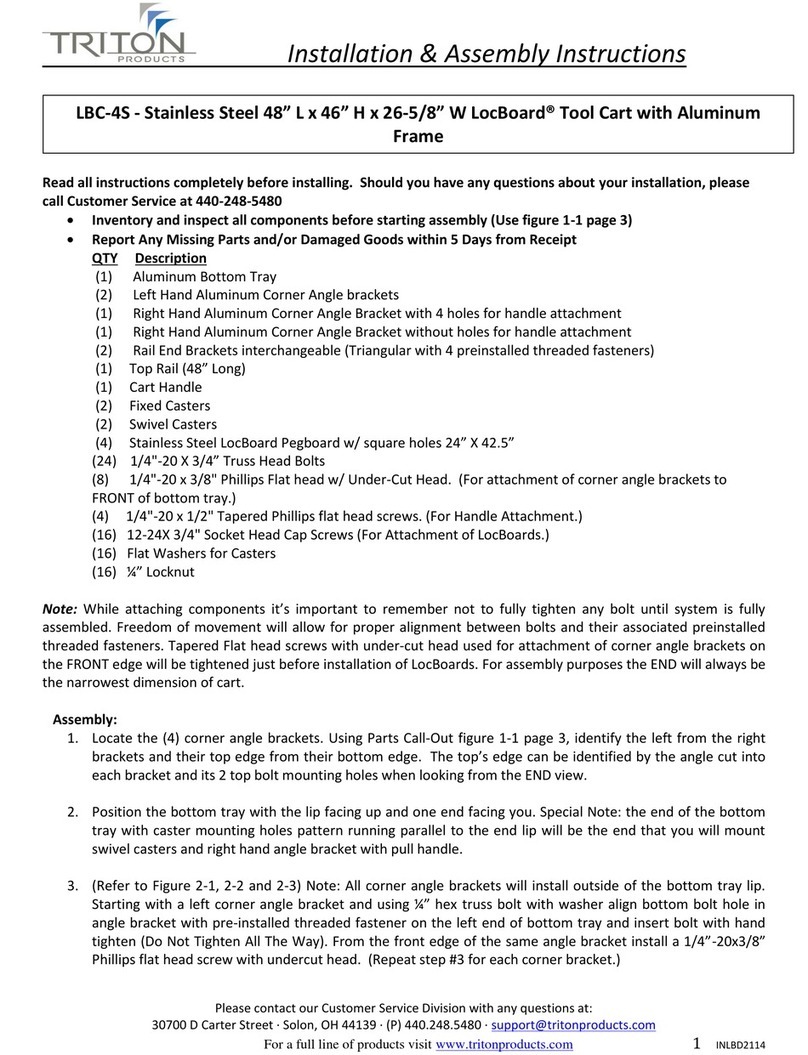
Triton
Triton LocBoard LBC-4S Installation & assembly instructions
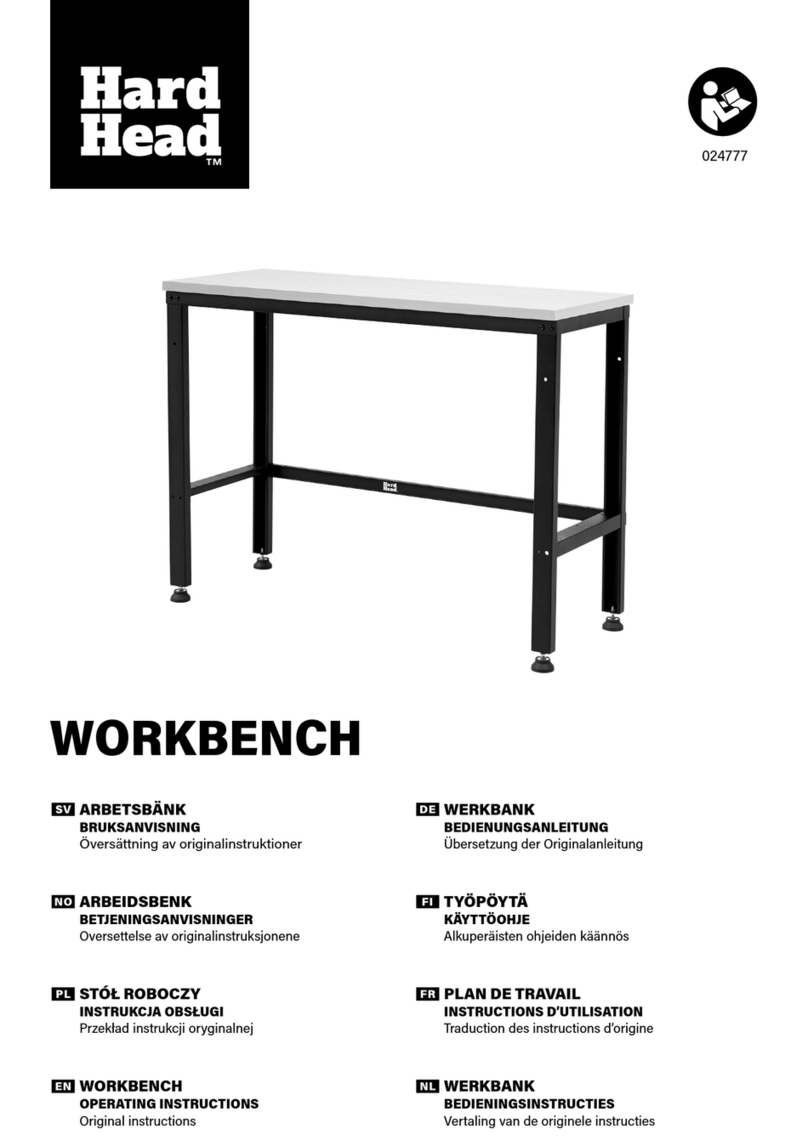
Hard Head
Hard Head 024777 operating instructions

MSW Motor Technics
MSW Motor Technics MSW-TOOLC-003A user manual

Costway
Costway HW63277 user manual
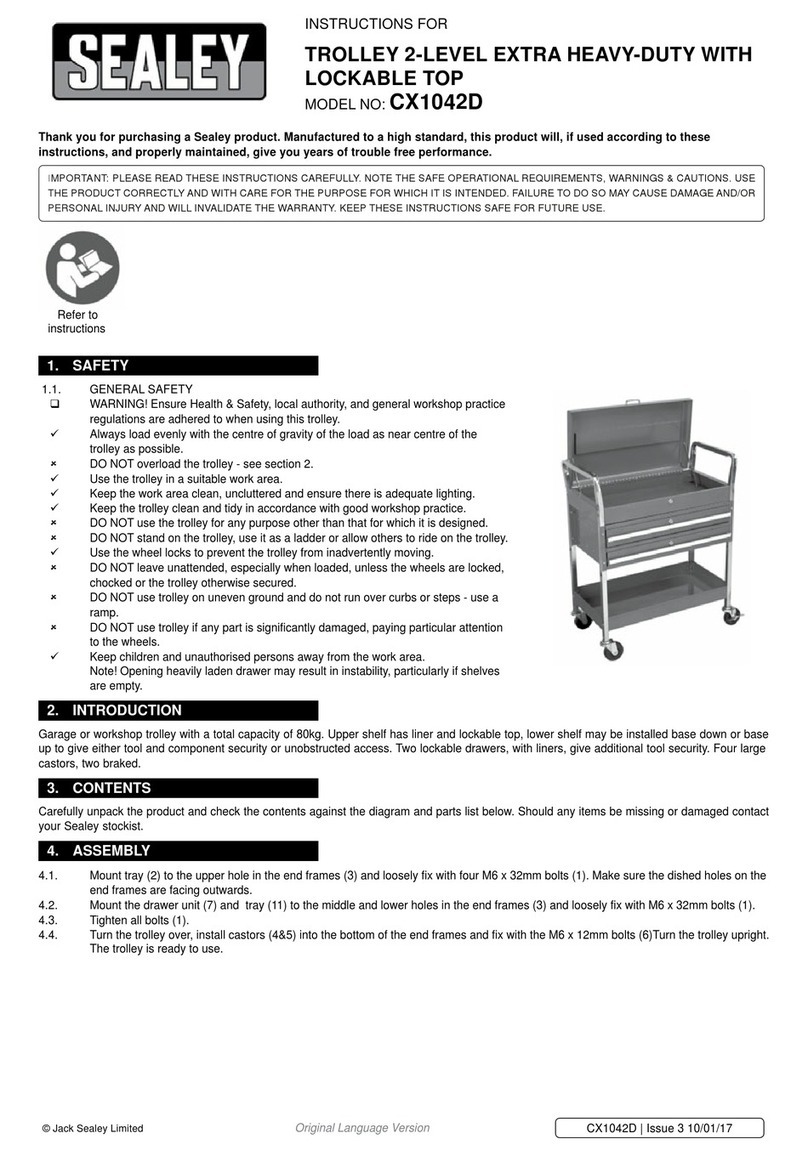
Sealey
Sealey CX1042D instructions

Wolfcraft
Wolfcraft 3406000 Translation of the original operating instructions
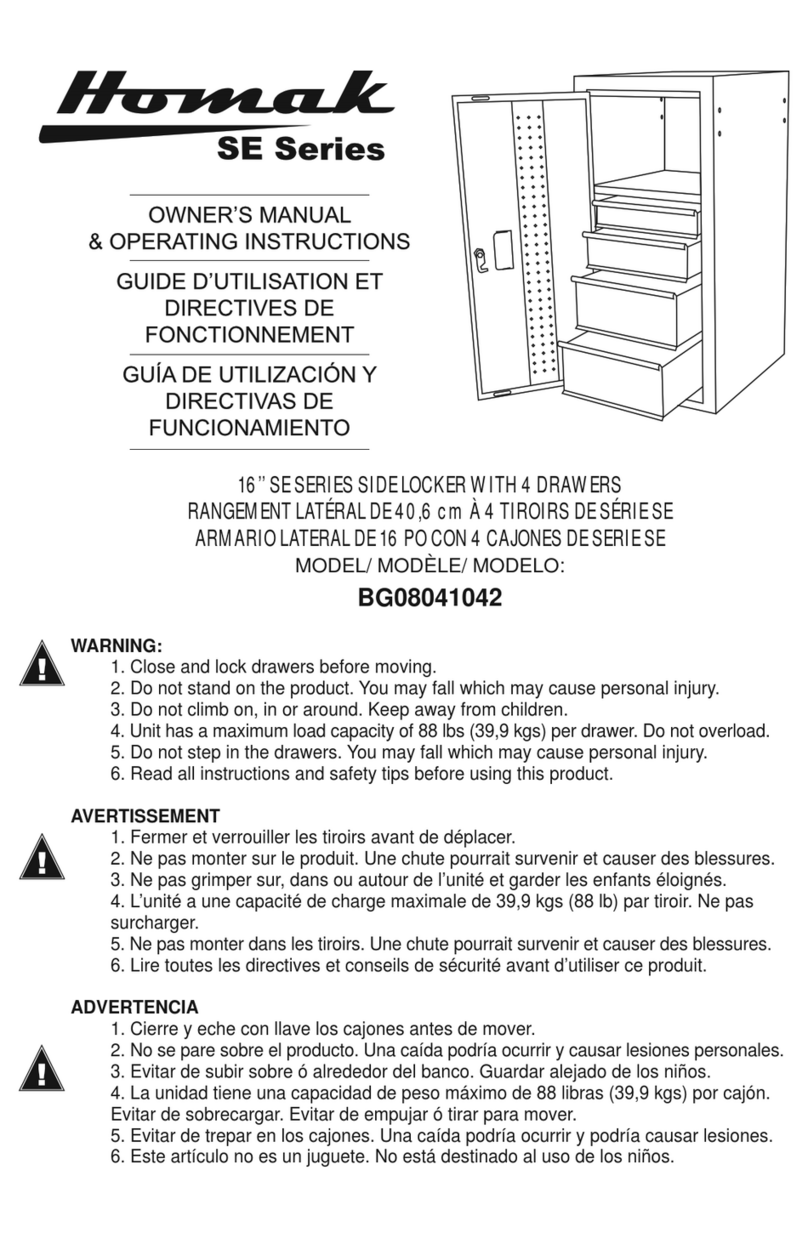
Homak
Homak SE Series Owner's manual & operating instructions
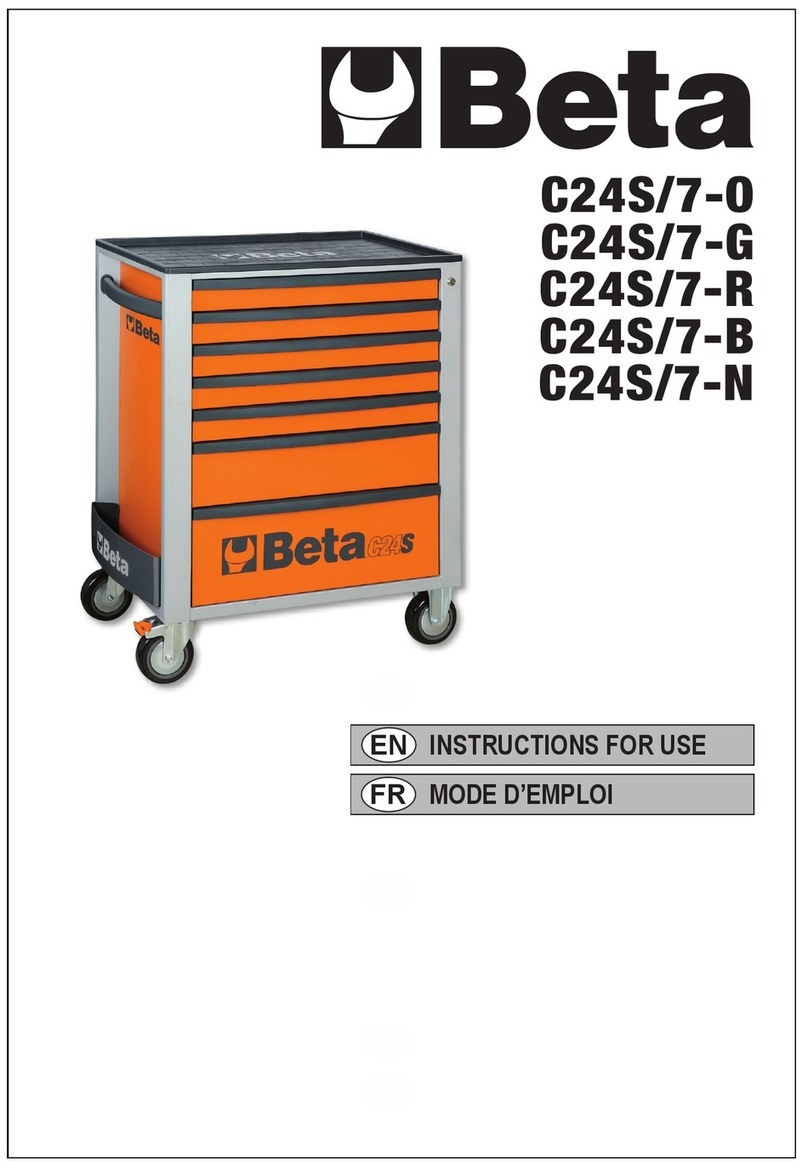
Beta
Beta C24S/7-O Instructions for use

Baileigh Industrial
Baileigh Industrial WJT-4747-HD Operator's manual
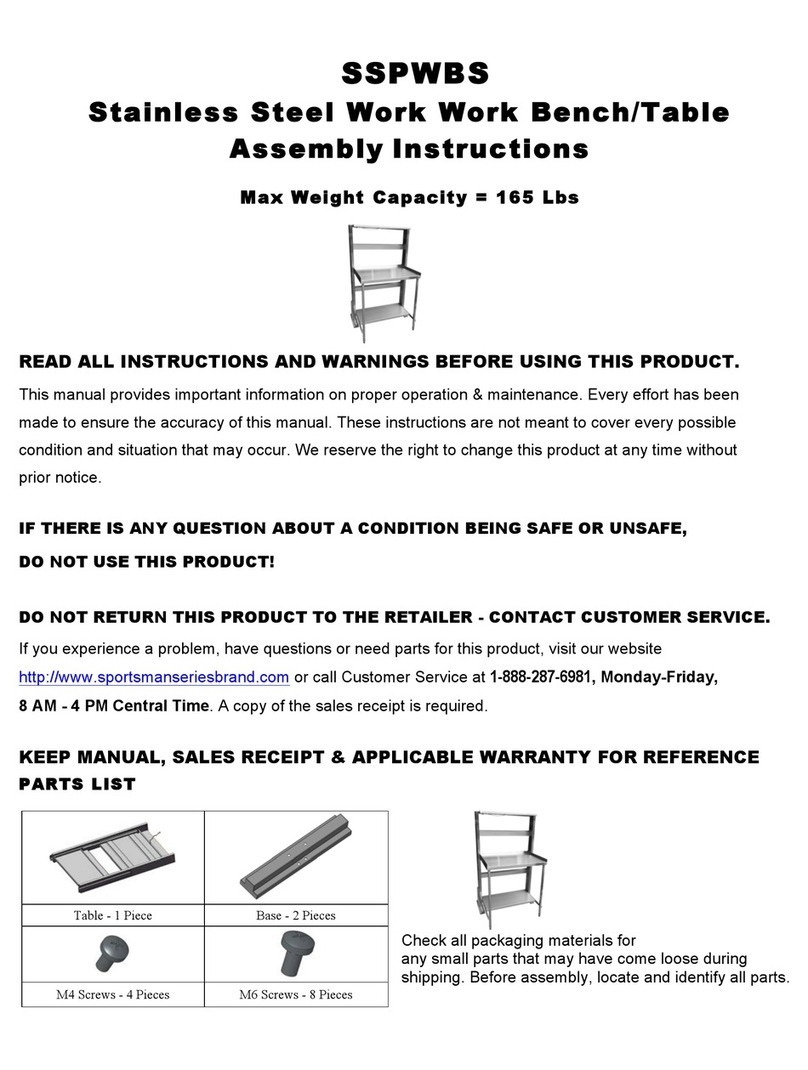
Sportsman
Sportsman SSPWBS Assembly instructions
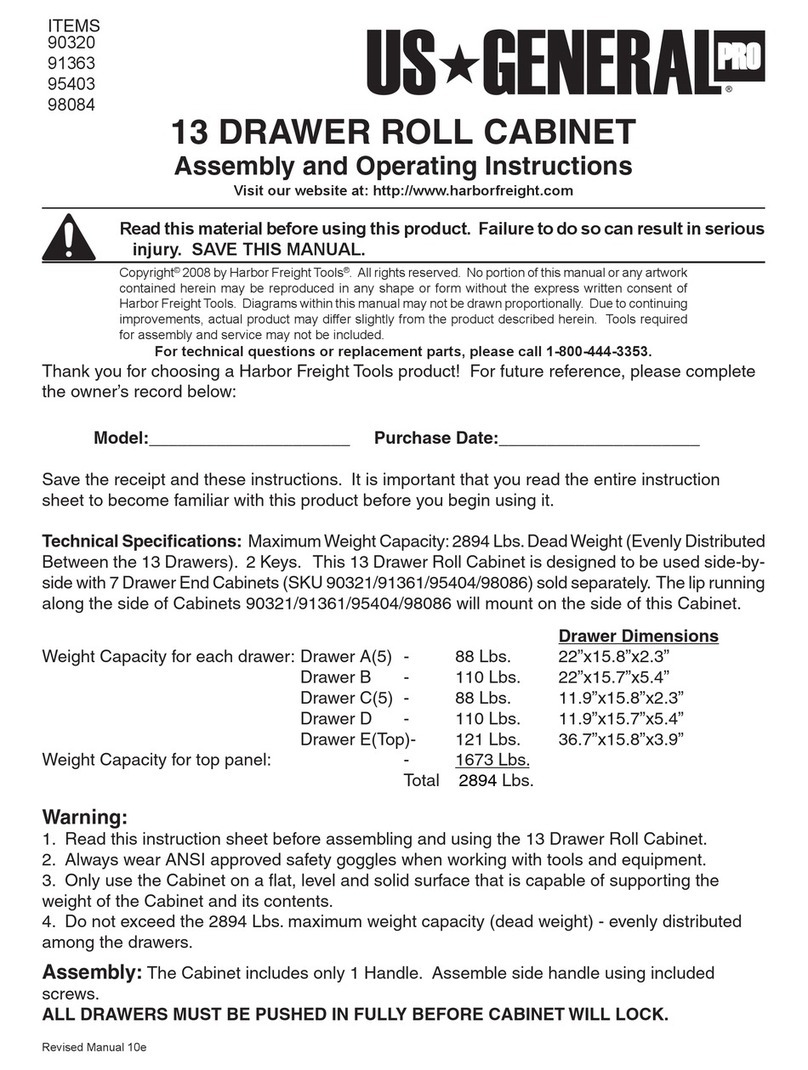
U.S. General
U.S. General 90320 Assembly and operating instructions
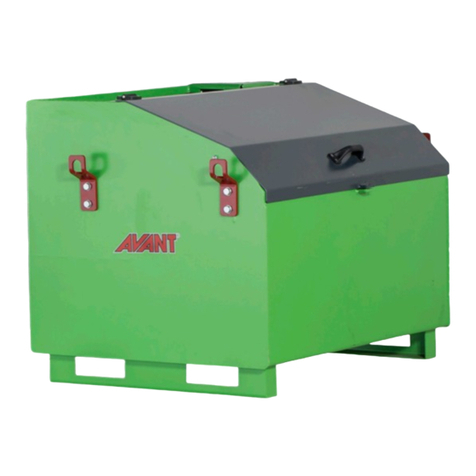
Avantco
Avantco A21689 Operator's manual for Attachment
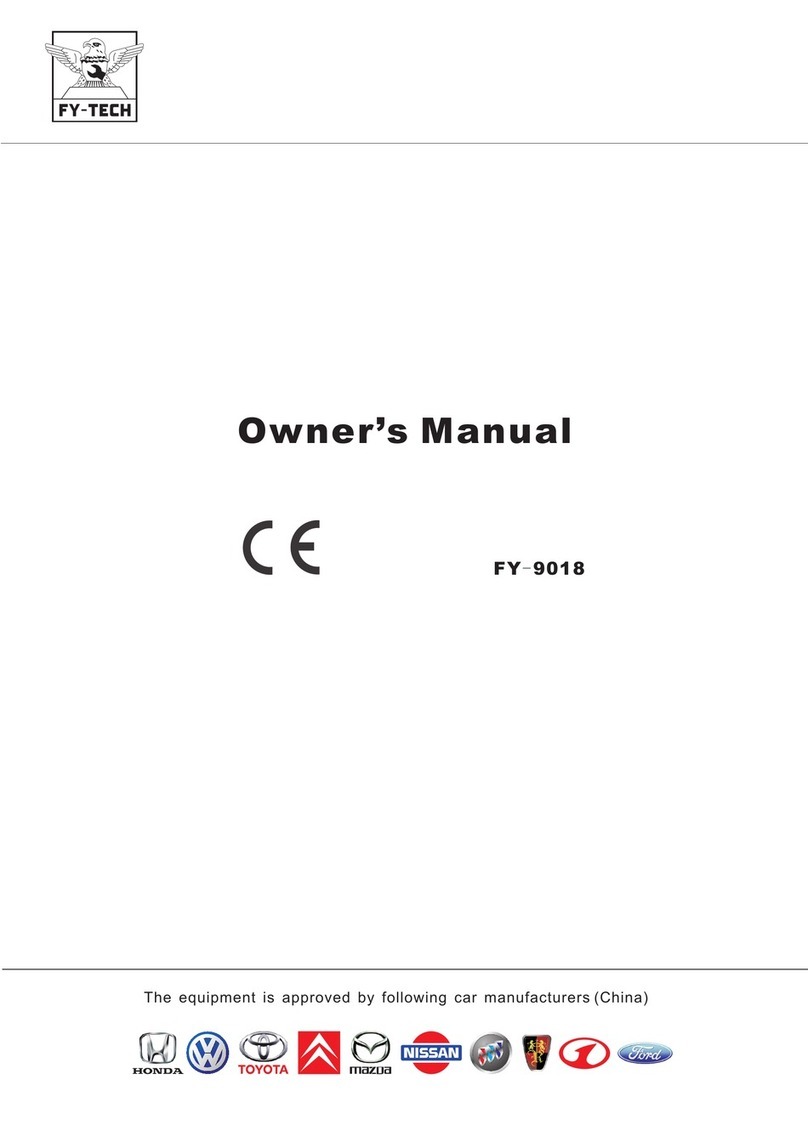
Fytech
Fytech FY-9018 owner's manual